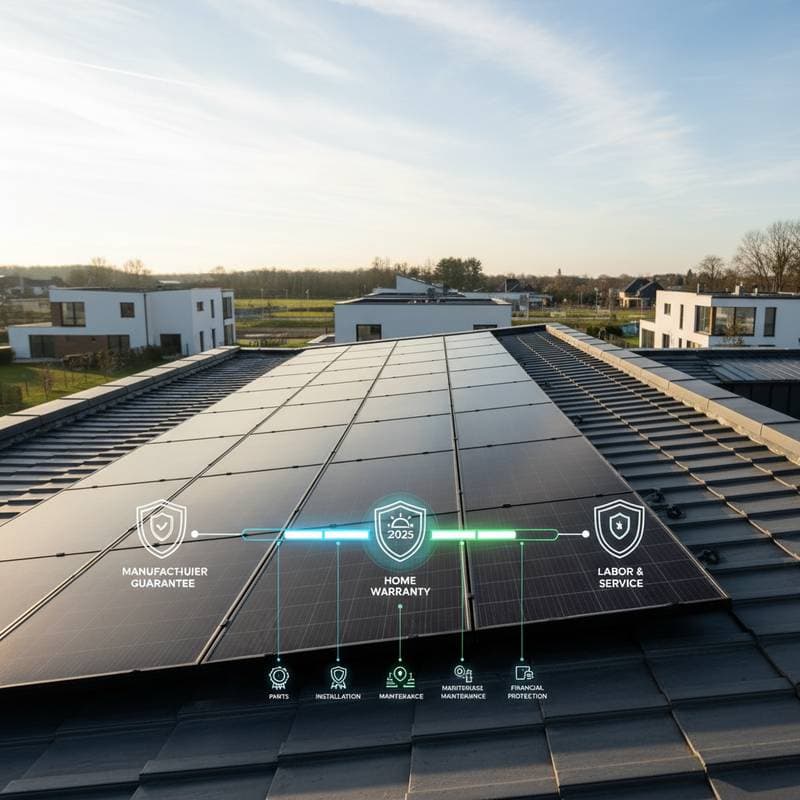Assessing Bundled HVAC Warranties for Real Savings
Homeowners frequently encounter promotions touting bundled HVAC warranties as a path to substantial savings. However, the financial reality extends beyond initial premiums to encompass coverage scope, service charges, and contractual restrictions. A thorough evaluation ensures that the chosen plan aligns with specific home needs and delivers measurable value over time.
Components of a Bundled HVAC Warranty
Bundled HVAC warranties integrate multiple protections into a single agreement, often covering heating and cooling units alongside labor for repairs. Certain plans extend to electrical elements, thermostats, or duct systems, aiming to streamline maintenance and stabilize expenses. Providers design these packages for ease, but variations in inclusions demand careful review.
Homeowners benefit from verifying exact terms before purchase. For instance, confirm if refrigerant handling, compressor failures, or efficiency enhancements fall under full coverage or face monetary thresholds. Such details prevent assumptions about comprehensive protection.
| Coverage Level | Monthly Cost | Service Fee | Coverage Limits | Key Exclusions |
|---|---|---|---|---|
| Basic Bundle | $40 to $60 | $75 | Up to $500 per repair | No coverage for ductwork or refrigerant |
| Complete Bundle | $65 to $90 | $100 | Up to $1,000 per repair | Excludes pre-existing conditions |
| Premium Bundle | $95 to $130 | $125 | Up to $1,500 per repair | Limited coverage for older units |
This breakdown aids in spotting plans that shift rather than reduce overall costs.
Analyzing Cost Structures for Long-Term Value
Focusing solely on monthly rates overlooks critical elements like service fees and repair maximums that influence total outlay. A budget-friendly premium might pair with elevated per-visit charges, leading to higher expenses during frequent issues. Homeowners should project annual totals, factoring in potential claims.
Aggregate payout limits further complicate the equation. Even plans advertising endless service visits may impose yearly reimbursement ceilings, after which repairs revert to full homeowner expense. Calculating these factors against self-insured repair averages clarifies the bundle's net benefit.
Navigating the Claims Process Step by Step
Bundled warranty claims follow a structured sequence to manage service delivery efficiently.
- Report the Issue: Contact the provider via phone or digital platform to log the problem promptly.
- Schedule Diagnosis: Expect a technician visit within days to identify the fault accurately.
- Secure Approval: Submit the assessment for policy review, addressing any requested evidence.
- Execute Repairs: Pay the service fee and arrange the approved work at a convenient time.
- Maintain Compliance: Document ongoing upkeep to sustain active coverage.
Friction arises from documentation delays or seasonal technician shortages. Proactive record-keeping and direct follow-ups minimize disruptions and reduce denial risks.
Identifying Common Coverage Gaps
Premium bundles still harbor exclusions that catch users off guard. Typical restrictions cover damage from faulty setup or neglected care, electrical disturbances, or conditions present before enrollment. Functional but aesthetic problems, like surface rust, often fall outside scope.
Unauthorized repairs void claims, as do determinations that a unit requires full replacement. In replacement scenarios, providers typically reimburse based on the item's depreciated worth, not full market replacement price. Anticipating these gaps informs better policy selection.
Projecting Financial Outcomes Across Years
Evaluate warranties through a multi-year lens, tallying premiums, fees, and probable uncovered costs. A $75 monthly plan with $100 per service might approach $1,000 yearly, excluding major events. If per-incident caps limit aid to $500, multiple failures could surpass bundled savings.
For homes with older equipment prone to breakdowns, bundles may justify the investment. Compare projected totals to historical repair bills to gauge efficiency. This method highlights plans that genuinely offset risks.
Vetting Provider Dependability
Warranty effectiveness hinges on the issuer's operational integrity. Research licensing status, fiscal health, and resolution records through consumer agencies and unbiased feedback. Inquire about technician qualifications and parts procurement to ensure consistent quality.
Subcontractor reliance can introduce variability in service standards. Prioritizing established providers with transparent practices safeguards against subpar experiences.
Scrutinizing Contract Details
Agreements frequently include provider-leaning provisions on renewals, payments, and terminations. Examine rate escalation post-initial period and dispute resolution paths. Full comprehension of these elements avoids escalating commitments.
Securing Optimal Warranty Choices
Bundled HVAC warranties streamline oversight and budgeting when tailored to individual circumstances. Conduct detailed cost projections, validate essential coverages, and assess service commitments to sidestep pitfalls. This deliberate process empowers homeowners to select protections that enhance financial security without concealed drawbacks.



